Discover Bavaria
-
Why Choose Macs Adventure to book your walking holiday in Germany?
Macs Adventure has been running self-guided walking holidays in Germany since 2008. Whether you like mountains and hills, lakes, rivers, dreamy villages and well preserved medieval cities, Germany has something to offer for everyone. This abundance of wonderful places to explore led us to seek out more and more areas to help people discover Germany on foot.
From humble beginnings, we now send over 2000 walkers to Germany every year, each walking the route that excites them the most.
We provide the freedom to choose your route, itinerary and travel companions and discover Germany at your own pace.
We know how daunting it can be, setting off on an adventure of this scale and we quickly realized how important it was to have amazing partners on the ground in Germany to deal with any issues that you might come across. We are proud to say that we work incredibly closely with all our accommodation suppliers and luggage transfer teams, and should you have the slightest issue, they will fall over themselves to help you out.
We offer a tried and tested hiking experience that gets you comfortable, friendly overnight accommodation in local B&Bs and guesthouses. We carry your bags to lighten your load so you can concentrate on simply putting one foot in front of the other and enjoying the unique culture, food and scenery of Germany. No hostels, no leaky tents, no heavy bags on your back just a straightforward active holiday that you can book with confidence that we have it all covered for you.
We want to showcase our expertise by giving you all the resources you will ever need. We have free guides, comprehensive videos, and a host of staff with their own German experiences in the planning stage, waiting to answer your questions. On the route, we use high-quality digital mapping and the best maps and guidebooks to make sure you find your way.
We love the diversity of walking in Germany, and our main aim is to make sure that you do too.
![Why Choose Macs Adventure to book your walking holiday in Germany?]()
-
Oktoberfest
From the third Saturday in September onwards, Munich holds it's world-renowned Oktoberfest. More than six million visitors from all over the world will flock to the city’s Theresienwiese area to eat wurst, enjoy some fun rides and celebrate German beer – and plenty of it, at that!
Oktoberfest began as the marriage ceremony between Prince Ludwig and Princess Therese on October 12, 1810. All of the townspeople were invited to attend the festival, which took place in the fields outside of the city gates. Following the wedding, the fields were named Theresienwiese after the Princess. The party was such a hit that the townspeople asked King Ludwig to continue the celebration the following year.
There are 14 main beer tents at the Theresienwiese grounds serving brews by the Maß (1-litre stein). Only six breweries are represented at the Oktoberfest grounds - Späten, Augustiner, Paulaner, Hacker-Poschorr, Hofbräu and Löwenbräu. Everyone has their preferred brew by the end, which one will be yours?
![Oktoberfest]()
-
Must Try Dishes in Germany
Wondering what to eat in Germany? Here’s a list of traditional German food that you should try.
Spätzle
Spätzle are handmade noodles that are fried up and served with a number of traditional dishes, including Käsespätzle, Spätzle mixed with grated cheese (typically Emmental) and fried onion and sweet dishes like Apfelspätzle, Spätzle with grated apples in the dough, dressed with browned butter, sugar, and cinnamon.
Schnitzel
I know what you’re thinking: Schnitzel is Austrian, not German. Well as a matter of fact it’s Italian in origin, but that hasn’t stopped it becoming associated mostly with Austria - especially Wiener (Vienna) Schnitzel, which by actual law has to be made with veal - and Germany, where it is often made with tenderised pork and is a staple of most traditional restaurants.
Dampfnudel
A delightfully light steamed dumpling that can be served sweet or savory. Dampfnudels are typically served as a main dish with savory accompaniment such as cabbage, salad, gherkins, potato soup, lentil soup, or mushrooms in white sauce. They can also be served as a dessert with vanilla custard, jam, or boiled fruit.
Currywurst
The invention of currywurst is commonly attributed to Herta Heuwer, a Berlin resident who - in 1949 - managed to obtain ketchup and curry powder from British soldiers, mixed them up and served the resultant sauce over grilled pork sausage. Today it’s one of Germany’s most famous sausage-based street-food snacks - it even has its own museum - with some 800 million consumed a year, especially in cities like Berlin and Hamburg where it’s usually served with fries or a bread roll.
Apfel Strudel
The apple strudel you'll find in Germany (apfelstrudel) features a flaky crust, a warm apple filling, and powdered sugar, all of which is bathed in vanilla ice cream or sauce.
Although Apfelstrudel (apple strudel) is one of Austria’s national desserts, Germany has also adopted it into its local cuisine. The popular dish consists of buttery pastry filled with apples that are flavored with sugar, cinnamon, and raisins. It is common to eat the dessert in slices with a sprinkling of powdered or icing sugar. Simply heavenly!
Spargel
Spargel, the German word for asparagus isn’t exactly a German food, but the way it is served here is distinctly German. Spargelzeit (aparagus time), a six week period in which Germany consumes nothing but spargel (served with Hollandaise sauce and ham), is close to being a religious festival in Germany.
Kartoffelsalat
The ideal side to any wurst or schnitzel is some kartoffelsalat, or potato salad. Unlike in the US or the UK, German potato salad is made with vinegar and mustard.
Pretzel
These salty knots lovingly tossed by German bakers are one of Germany’s most famous exports. These “bretzels,” as the Germans call them, are widely beloved and just happen to go great with beer. They can be found throughout the country, and it’s worth trying them wherever you see them, as everyone does them a bit differently. You’ll find them with spicy mustard to dip, with white sausage in Bavaria, or sliced and served with butter.
![Must Try Dishes in Germany]()

















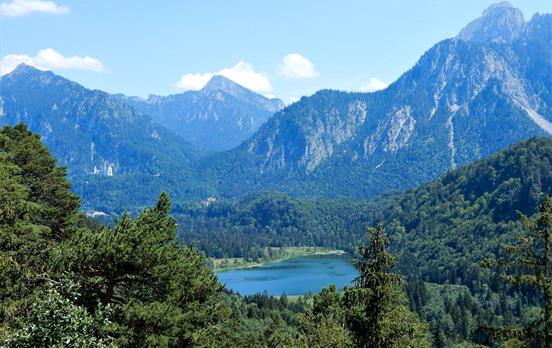


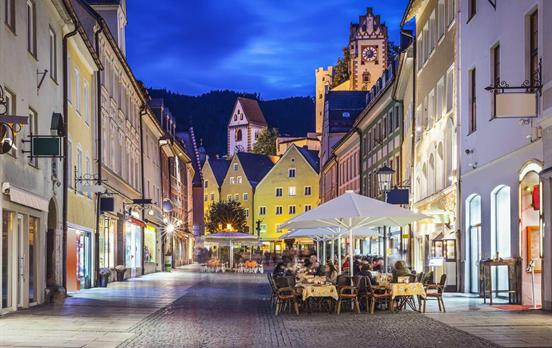
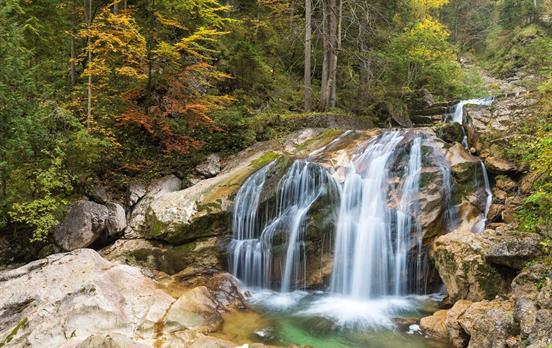






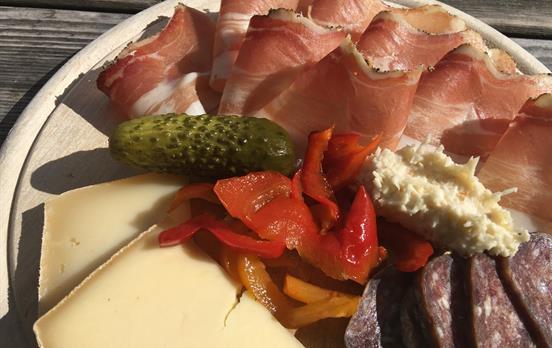

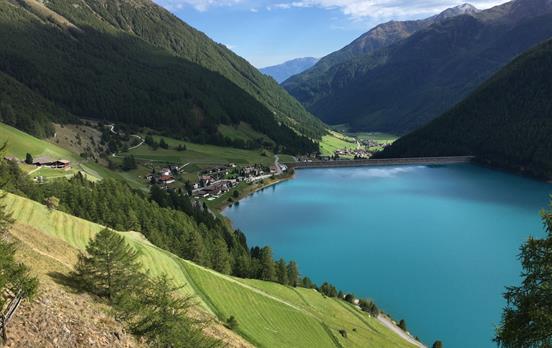





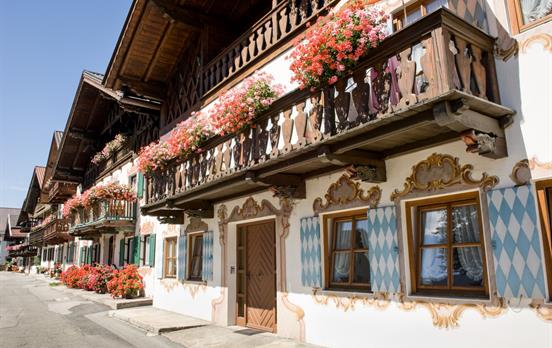
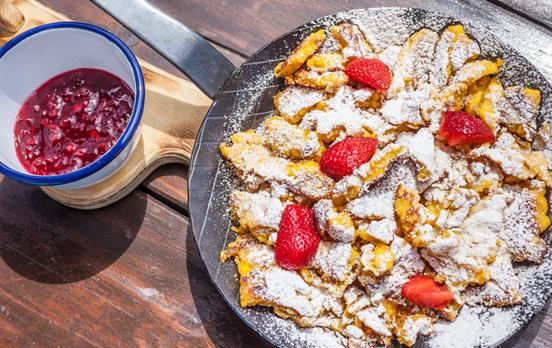
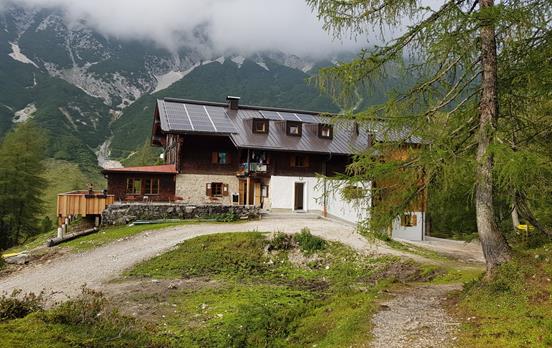

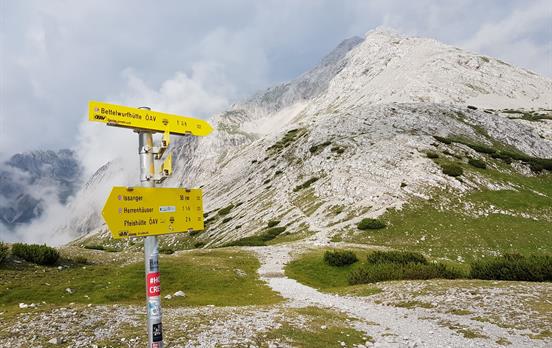
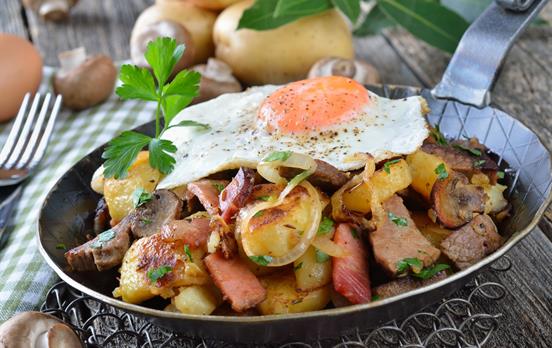
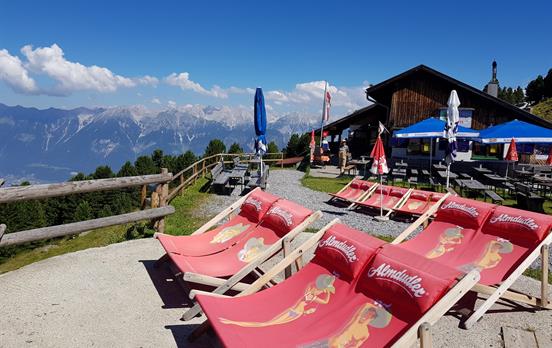
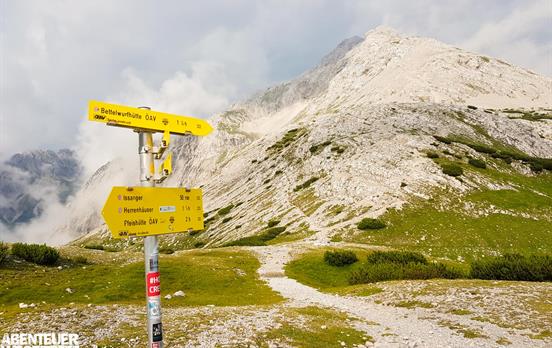


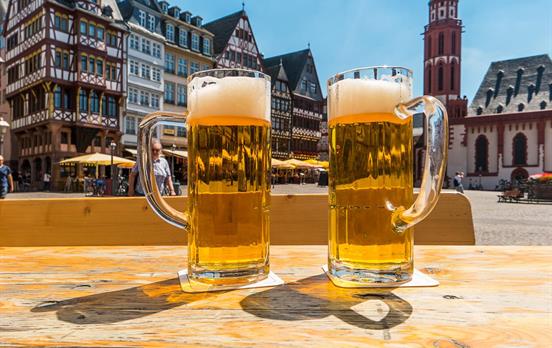
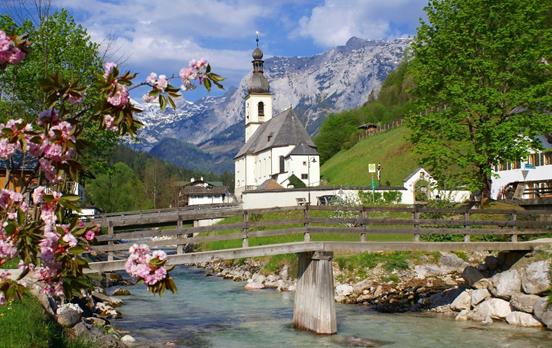

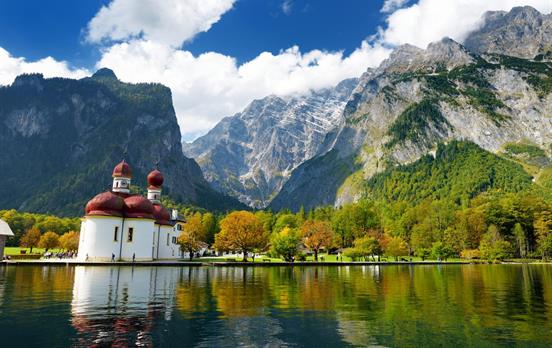



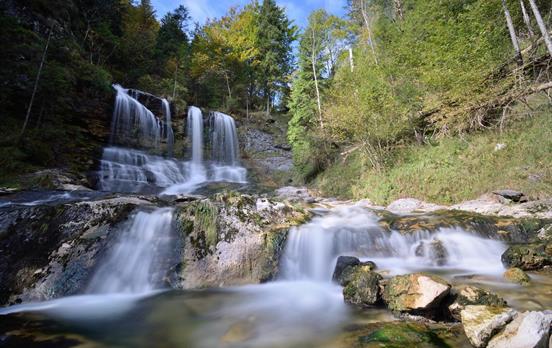




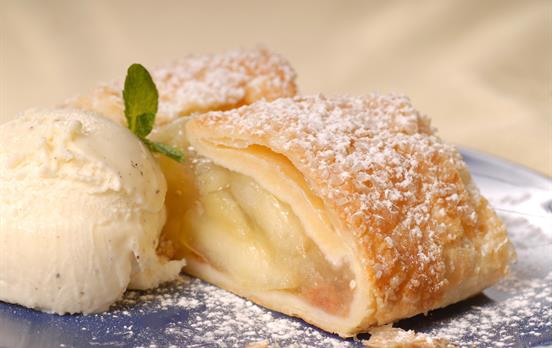

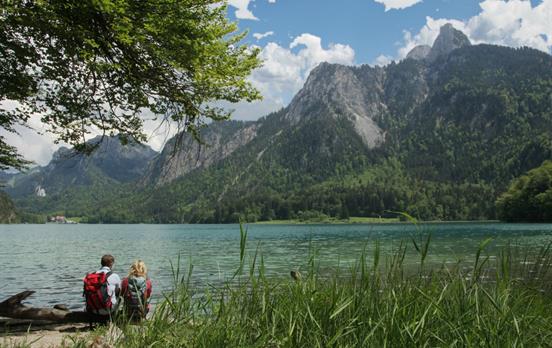
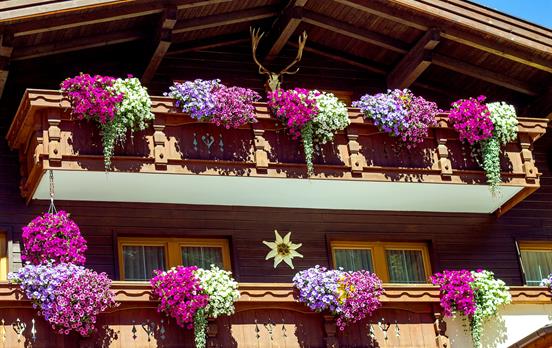
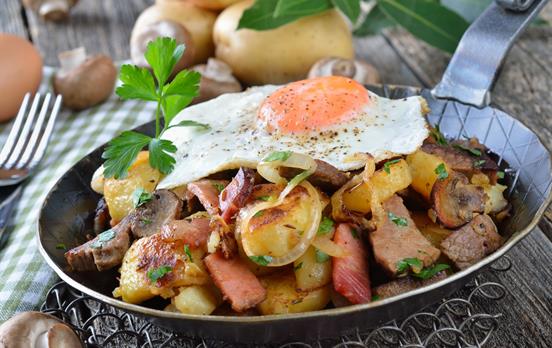





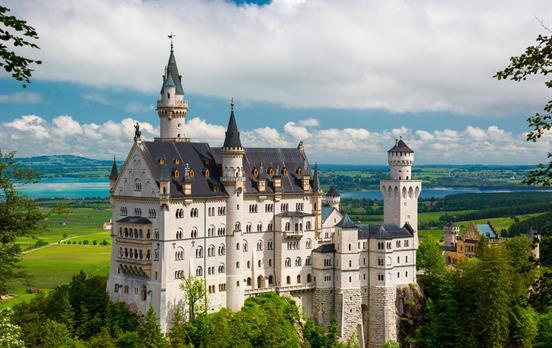




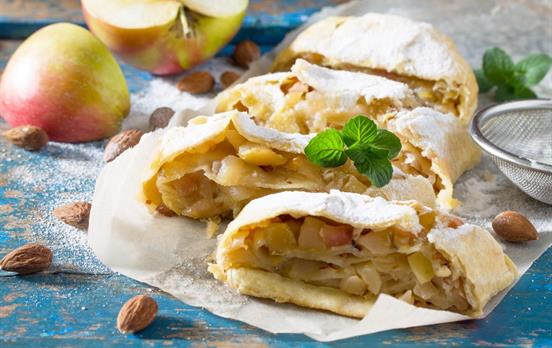







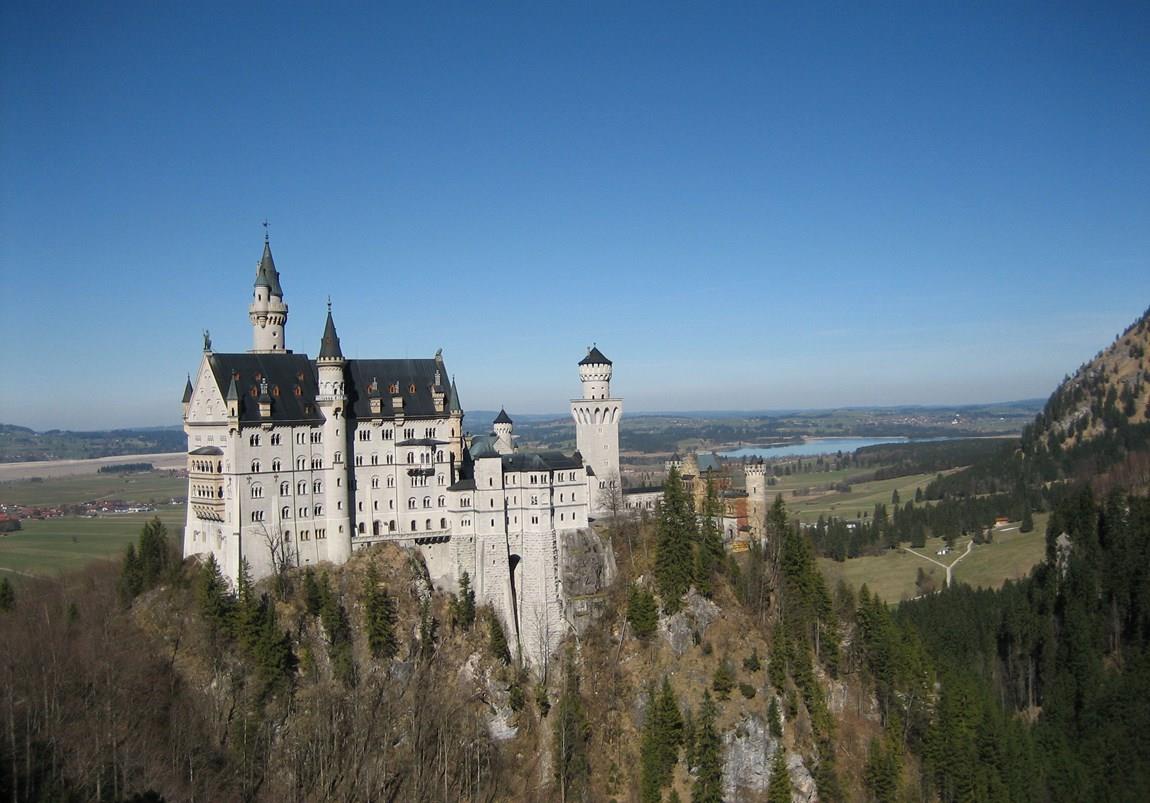







 Australia
Australia New Zealand
New Zealand South Africa
South Africa European Union
European Union